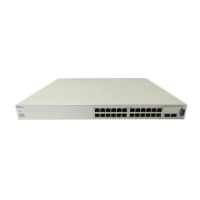
Do you have a question about the Nortel BayStack 5510-24T and is the answer not in the manual?
Lists the key advantages of the BayStack 5510 Switches, highlighting density, performance, and features.
Details the high-density Gigabit desktop connectivity offered by the BayStack 5510 switches.
Explains Nortel's FAST stacking technology for bi-directional traffic flow and high stacking bandwidth.
Describes the high-performance Layer 3 switching fabric and wire-speed IP routing capabilities.
Highlights compact design, space saving, and the ability to replace switches without downtime.
Notes availability of built-in SFP GBIC ports for dedicated uplink connectivity to network cores.
Mentions recessed connectors for space saving and protection against accidental contact.
Introduces the BoSS single software image enabling stacking of various BayStack 5000 series switches.
Covers simplified software updates and new features in BoSS version 4.0.
Describes integrated TDR for simplifying physical cable plant troubleshooting and fault isolation.
Explains support for redundant power supply and UPS capability via the BayStack 10 Power Supply Unit.
Explains QoS features for efficient bandwidth use, packet classification, and prioritization for mission-critical applications.
Details NNSC for simplified QoS provisioning, offering factory-default configurations and easier deployment.
Describes the queuing function, using up to eight hardware-based queues per port for classification and prioritization.
Mentions Optivity Policy Services for intuitive QoS policy creation and network-wide policy management.
Explains traffic policing for provisioning different service levels by limiting traffic throughput at ingress ports.
Explains traffic shaping to smooth traffic from egress ports, useful for enterprises and service providers.
Lists enhanced security features like SSHv2, SSL, 802.1x (EAP), user-based policies, and RADIUS authentication.
Highlights resilient stacking, assuring continuous uptime even if a single switch fails in the stack.
Covers MAC address capacity, VLAN segmentation, and IP Multicast handling with IGMP snooping.
Details support for Multiple Spanning Tree Groups and the NNCLI for automation and management.
Describes the use of ASCII configuration files for automated switch/stack configuration and backup.
Covers tuning port capabilities for auto-negotiation and specifying queue/buffer resources per port.
Explains automatic cable type detection and the common user interface across BayStack switches.
Describes easy management of the switch stack via a web browser, providing summary, configuration, and status information.
Covers on-device management (RMON, SNMPv3) and configuration tools (JDM, OSM).
Discusses Optivity Policy Services for enforcing business-level policies and packet management.
Details using ONMS for quick access to information, fault isolation, and resolution of network events.
Explains port mirroring for designating a switch port as a traffic monitor for specified ports.
Covers front panel controls, status indicators, and the product's lifetime warranty.
Summarizes Nortel's position and the benefits of BayStack 5510 switches for business operations.
Lists physical attributes and key performance metrics like bandwidth and throughput.
Lists port forwarding and filtering performance figures for different speeds (10/100/1000 Mbps).
Details available interface options, including RJ-45 ports and support for SFP GBICs.
Lists the various network protocols and standards the BayStack 5510 Switches are compatible with.
Lists various RFCs supported by the BayStack 5510 Switches for network protocols and management.
Provides electrical specifications including input voltage, power consumption, and thermal output.
Lists environmental specifications such as operating temperature, humidity, and altitude limits.
Covers safety agency approvals, electromagnetic emissions, and immunity standards compliance.
Mentions compliance with EU directives for EMC and safety, as stated in the Declaration of Conformity.
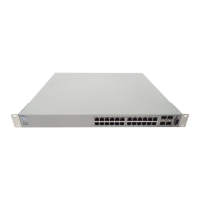
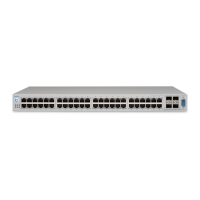
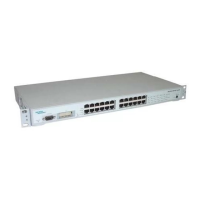
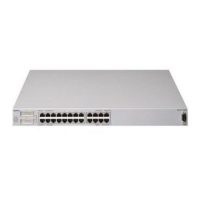
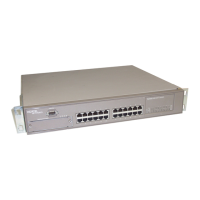

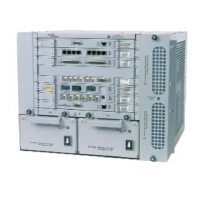
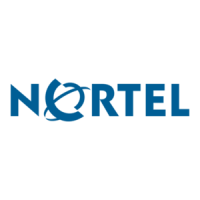
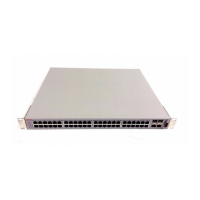



